Unlocking Optimal Ear Health with the Best Digital Otoscope Insights and Expert Tips
In the realm of ear health, the importance of regular check-ups and accurate diagnostics cannot be overstated. According to a report from the World Health Organization, approximately 5% of the global population suffers from disabling hearing loss, often linked to untreated ear conditions. To mitigate this issue, the adoption of advanced technology in home diagnostics is on the rise, with the Best Digital Otoscope emerging as a crucial tool for individuals seeking to maintain optimal ear health.
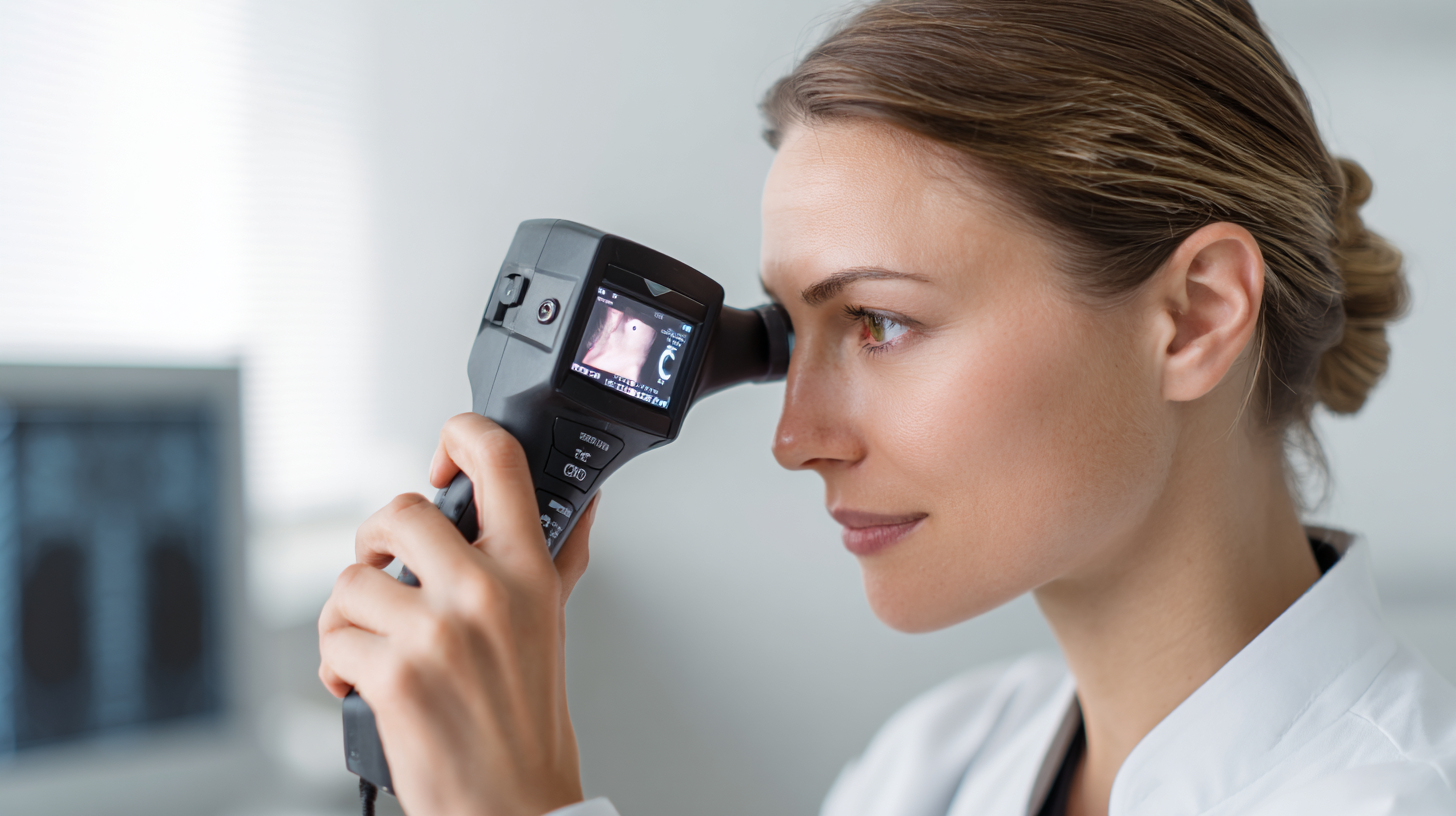
By providing a clear and magnified view of the ear canal and eardrum, these innovative devices empower users to detect early signs of ear infections, wax buildup, and other potential concerns. As ear disorders can lead to significant complications if left unchecked, understanding how to effectively utilize the Best Digital Otoscope not only enhances personal healthcare practices but also enables timely consultations with healthcare professionals, ultimately promoting better auditory health outcomes.
Understanding the Importance of Regular Ear Health Checks and the Role of Digital Otoscopes
Regular ear health checks are essential for maintaining overall well-being. Ear issues can often go unnoticed until they become more severe, leading to complications such as hearing loss or chronic infections. By incorporating routine checks into your health care regimen, you can catch potential problems early. This is where digital otoscopes become invaluable. These advanced tools not only allow for a clearer view of the ear canal but also facilitate better communication with healthcare professionals about your ear health.
To ensure optimal ear health, consider these tips when using a digital otoscope: first, establish a routine check-up schedule, ideally once a year, to monitor any changes in your ear health. Second, while using the digital otoscope, take your time to carefully inspect both the ear canal and the eardrum for any irregularities. Lastly, if you notice any discomfort or unusual symptoms, don’t hesitate to consult with an audiologist or an ENT specialist. Regular usage of a digital otoscope combined with expert insights can significantly enhance your understanding and management of ear health.
Unlocking Optimal Ear Health with the Best Digital Otoscope Insights and Expert Tips
| Aspect | Importance | Frequency of Checks | Recommended Tools |
|---|---|---|---|
| Earwax Buildup | Can cause hearing loss and discomfort if not monitored | Every 6-12 months | Digital Otoscope |
| Ear Infections | Early detection prevents complications | As needed if symptoms arise | Digital Otoscope, Antibiotics |
| Tympanic Membrane Inspection | Ensures the ear drum is healthy | Annually | Digital Otoscope |
| Hearing Assessment | Detects changes in hearing ability | Every 1-2 years | Hearing Test, Digital Otoscope |
| Balance Issues | Can indicate inner ear problems | As needed if symptoms arise | Digital Otoscope, Professional Examination |
Key Features to Look for in the Best Digital Otoscopes for Home Use
When selecting a digital otoscope for home use, several key features can significantly enhance your experience and effectiveness in monitoring ear health. The first feature to consider is high-resolution imaging. A digital otoscope equipped with a high-definition camera allows users to capture clear images and videos of the ear canal and eardrum. This clarity is essential for accurately assessing ear health and identifying any potential issues early on, such as wax build-up or infections.
Another crucial aspect is Wi-Fi connectivity. Many modern digital otoscopes come with the ability to connect to smartphones or tablets, enabling easy sharing and consultation of ear images with healthcare professionals. This feature not only simplifies remote consultations but also aids in tracking changes over time. Additionally, look for devices that offer a range of adjustable LED lights, as proper illumination is vital for thorough examinations.
Lastly, consider the user-friendliness of the device. A lightweight, ergonomic design ensures comfort during use, while intuitive controls facilitate easy navigation. If the device includes disposable tips for hygiene and ease of use, that’s an added bonus. By focusing on these essential features, you can unlock optimal ear health management in the comfort of your home.
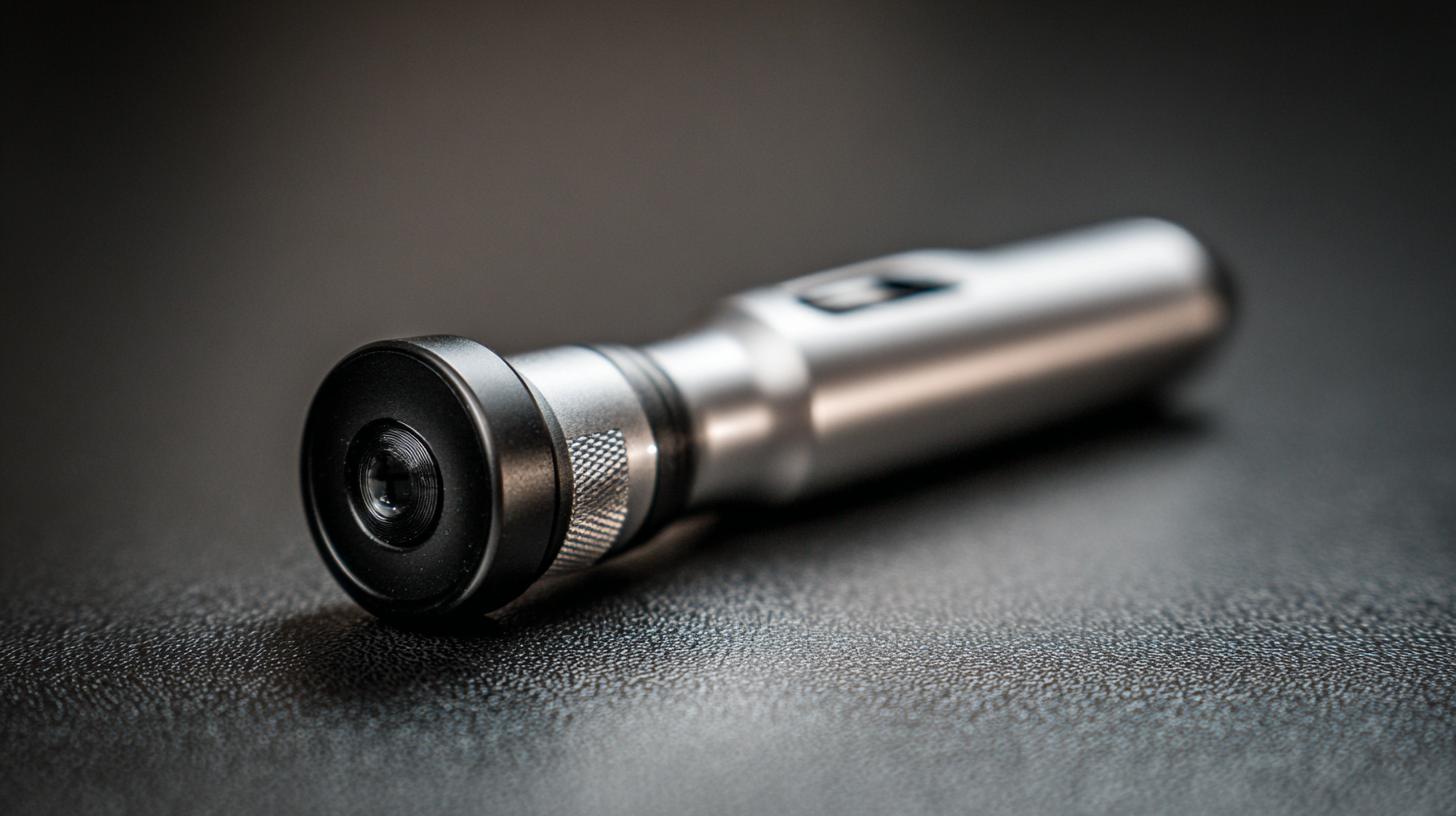
Comparative Analysis: Digital Otoscopes vs. Traditional Ear Examination Tools
When it comes to ear health, the tools we choose for examination can greatly influence our understanding and treatment of conditions. Digital otoscopes have emerged as a preferred choice for both professionals and home users alike. Unlike traditional ear examination tools, digital otoscopes provide real-time video feeds and high-resolution images. This allows for a more accurate diagnosis, as viewers can closely examine the ear canal and tympanic membrane without the distortion often seen with traditional otoscopes.
For those considering a digital otoscope, here are a few tips to maximize its effectiveness: First, ensure that the device is charged or connected to a power source before use to avoid interruptions during examination. Second, make sure to use appropriate disposable tips to maintain hygiene and prevent infections. Lastly, familiarize yourself with the software that comes with the device; many offer features like image capture and storage, enabling you to track changes over time.
While traditional tools may still be in use, the clear advantages of digital otoscopes cannot be ignored. Their ability to enhance visualization and provide immediate feedback makes them ideal for both healthcare providers and individuals keen on monitoring ear health proactively. Investing in a quality digital otoscope is a step toward better ear care and a more informed approach to health management.
Comparative Analysis of Digital Otoscopes vs. Traditional Ear Examination Tools
Expert Tips on Maintaining Optimal Ear Health: Best Practices and Technologies
Maintaining optimal ear health is crucial for overall well-being, as research indicates that approximately 5% of the global population suffers from disabling hearing loss (World Health Organization, 2021). To safeguard your ears, integrating the latest technology, such as digital otoscopes, into your routine can provide unprecedented insights into your ear health. These devices allow for real-time monitoring of ear conditions, making it easier to spot issues like wax buildup or infections early on.
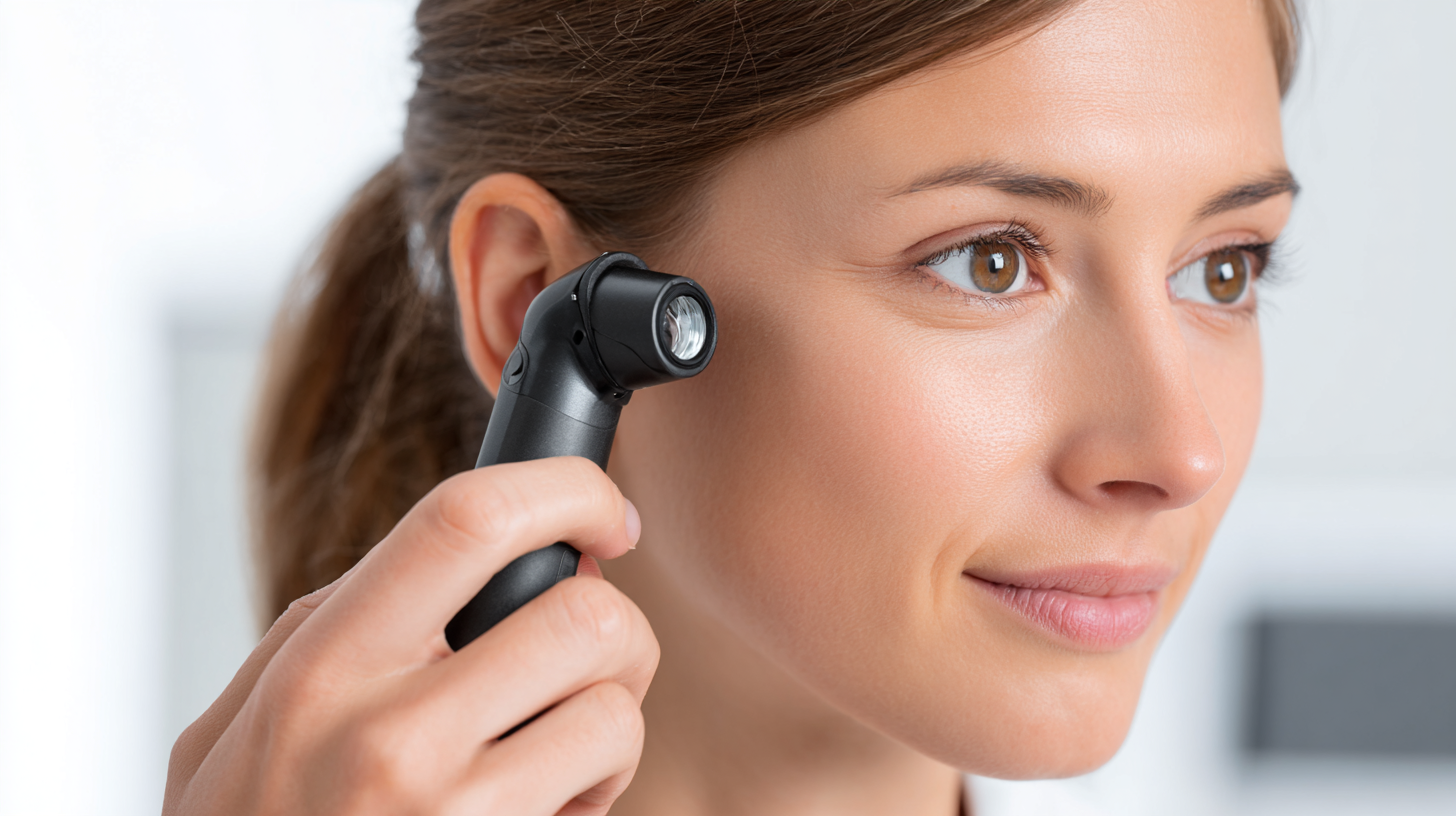
Tip 1: Regularly use a digital otoscope to conduct self-examinations. By doing so, you can maintain awareness of any changes in your ear canals. Experts recommend visual checks every month, which can aid in identifying problems before they escalate.
Tip 2: Avoid inserting objects, such as cotton swabs, into your ears. According to the American Academy of Otolaryngology, this practice can push earwax further inside the ear, potentially causing blockages and infections. Instead, opt for gentle cleaning methods recommended by healthcare professionals.
Tip 3: Stay informed about advancements in ear care technologies. The market is seeing a rise in innovative products that facilitate better ear health maintenance. Consider following industry reports and expert suggestions to choose the best tools for your ear care regimen.
Interpreting Digital Otoscope Images: A Guide for Laymen and Professionals
Digital otoscopes have revolutionized the way we examine ear health, offering enhanced clarity and detail that traditional otoscopes cannot provide. With their ability to capture high-resolution images and videos, these devices are invaluable for both laypeople and professionals alike. According to a recent report from the American Academy of Otolaryngology, the use of digital otoscopes has led to a 30% increase in accurate diagnoses of ear infections among pediatric patients. This highlights their importance in early detection and treatment, ultimately helping to prevent more serious complications.
Interpreting digital otoscope images requires a basic understanding of what to look for. Key indicators include the presence of fluid in the middle ear, the appearance of the tympanic membrane, and any signs of wax buildup. In fact, a study published in the Journal of Otology indicated that practitioners who are trained in interpreting these images are 50% more likely to identify underlying health issues accurately. For laymen, being able to visualize ear health through these images can demystify the examination process, making it less intimidating while empowering them to seek medical advice when necessary.
Related Posts
-
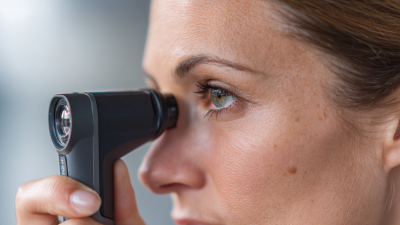
What Makes Bluetooth Otoscope a Game Changer for Home Health Care
-
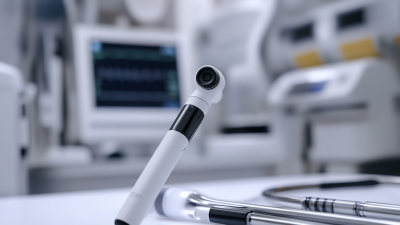
Innovative Bluetooth Otoscope from China Elevating Global Healthcare Standards
-
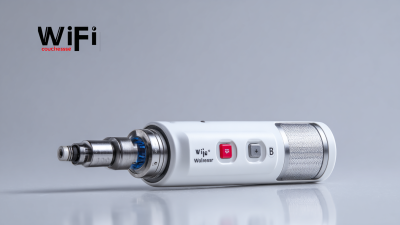
Exploring Top Choices in Wifi Otoscopes: A Guide for Global Buyers
-

Ultimate Guide to Choosing the Best Otoscope for Dogs Based on Veterinary Insights and Data
-
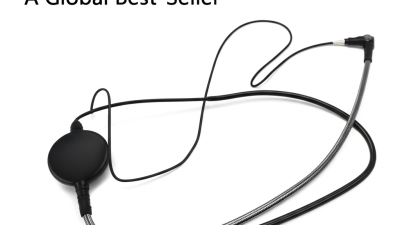
Elevate Your Practice with China's Premier Quality Veterinary Endoscopes: A Global Best-Seller
-

Navigating Tariff Challenges How Best Borescope Endoscope from China Thrives in a Competitive Market

